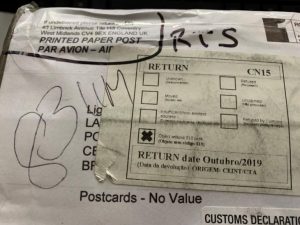 Brazil Customs Refuse Bureau cards and this is just the start to how things are going to change for shipment of Bureau cards around the world.
Brazil Customs Refuse Bureau cards and this is just the start to how things are going to change for shipment of Bureau cards around the world.
Since the start of the IARU Bureau service all we needed was an address in the member state to send Bureau cards. This is no longer the case.
From the 1st January 2019 The Universal Postal Union (UPU) requires you to provide electronic customs data when sending ‘goods’ across border.
Countries are adopting the submission of electronic data at variable speeds due to their existing IT infrastructure and ability to embrace change but from 2020 the expectation is that most countries will apply the changes more rigorously.
There are benefits to the legislation including smoother and more efficient transit times with fewer delays and subsequently fewer customer complaints.
What items are affected?
Untracked international items, with an intrinsic value. Including large letters, packets and e-commerce. * Printed matter is not affected.
What you need to remember:
• Goods to display an S10 barcode attached to the label as well as a customs declaration (CN22/23)
Advanced Electronic Data (AED) to be submitted, in the form of an electronic manifest advising the details declared on your CN22/23.
Harmonised System codes (otherwise known as HS or Tariff Codes) form part of the data requested on your customs declaration form (CN22/23).
The UPU requires these customs forms to be completed accurately and in full to facilitate a rapid clearance in the recipient country.
The submission of S10 barcodes and AED is a global customs requirement with the EU introducing it from January 2020.
What this means is that Bureaus MUST provide the following information:
Recipient Full Name
Recipient email address (of the bureau department)
Recipients Telephone Number
Then the sender can acquire a S10 barcode from the shipping company. This is quite an urgent matter. Already here we have had to suspend all Bureau shipments to Brazil, Argentina and Belarus as the customs refuse entry of our parcels because of no Pre-Advice Electronic Data. Ironically from our fact finding * “Printed matter is not affected” BUT and this is the big but…. if you do not use S10 barcode some customs / duane are returning the items regardless that they are * “Printed Matter” whilst others are slapping a handling fee because we have no S10 barcode. The United Radio QSL Bureau have notified the IARU on a number of occasions of these changes but have yet to put facilities in place to provide the data needed.



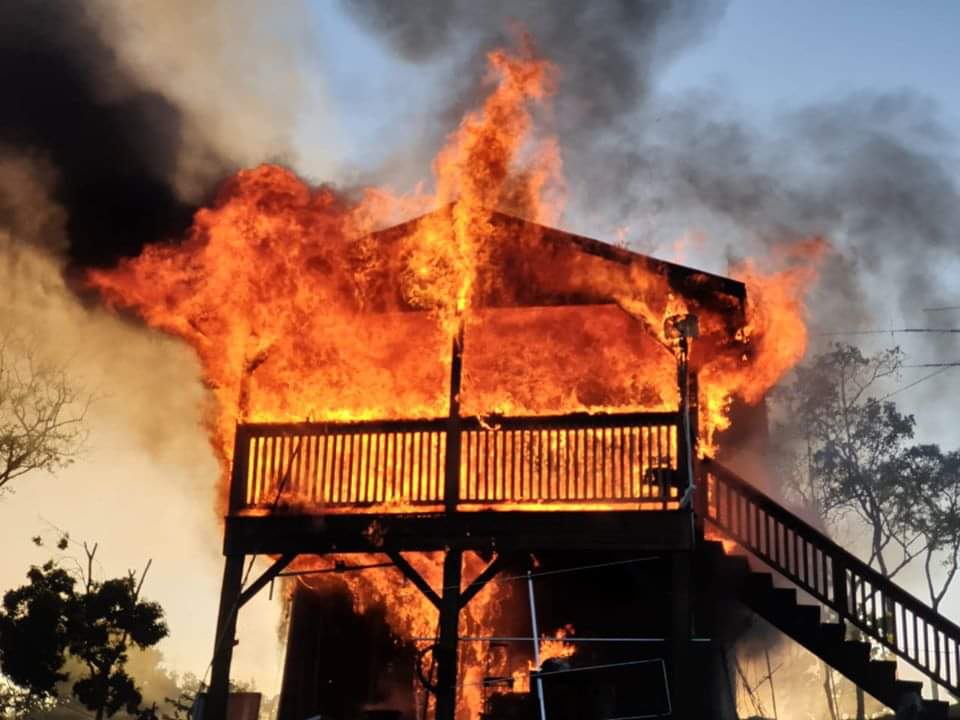 Very sadly, the Belize Amateur Radio Club (V31HQ) cabin has caught fire. No one was injured, however Andre V31DL (cabin owner) lost all equipment.
Very sadly, the Belize Amateur Radio Club (V31HQ) cabin has caught fire. No one was injured, however Andre V31DL (cabin owner) lost all equipment.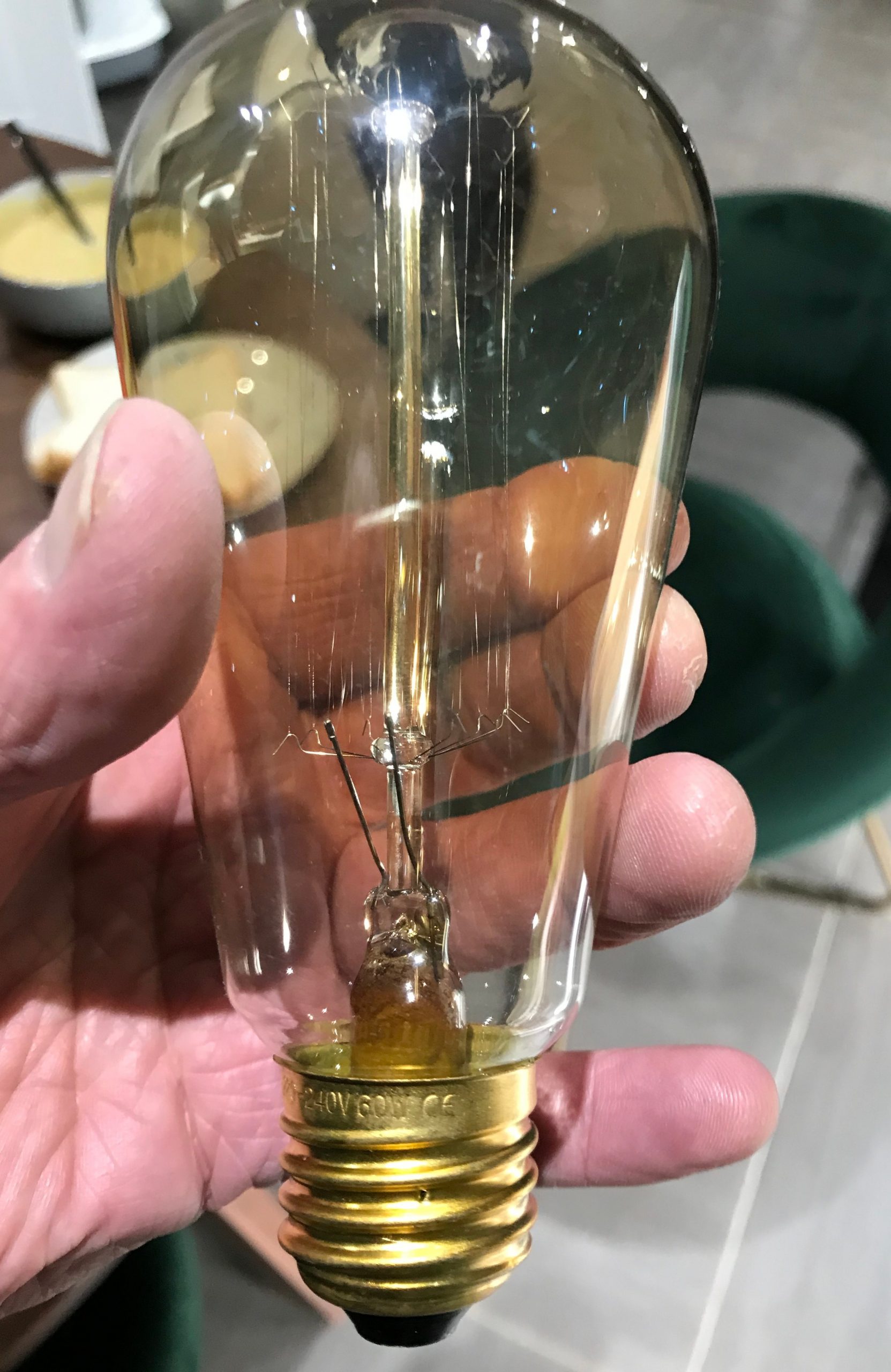 OFCOM engineers shine a light on interferencecaused to Aircraft
OFCOM engineers shine a light on interferencecaused to Aircraft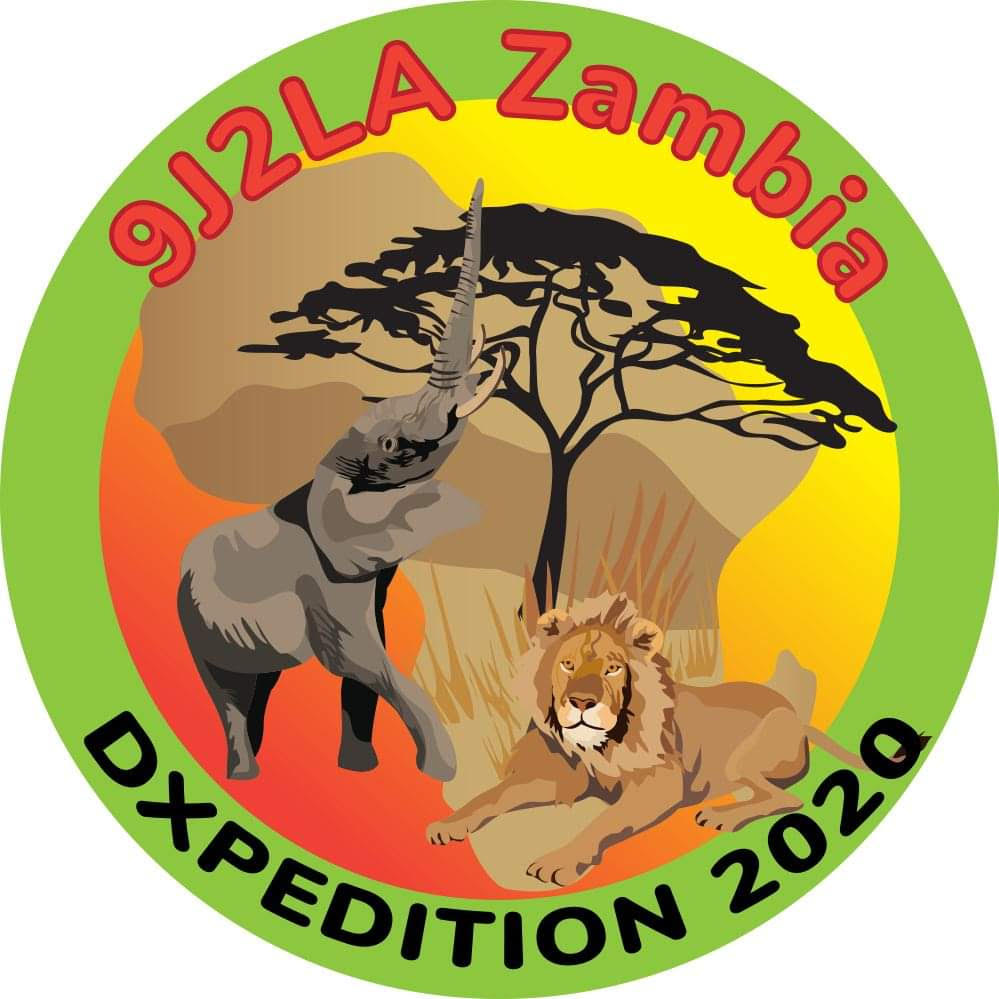 Our
Our 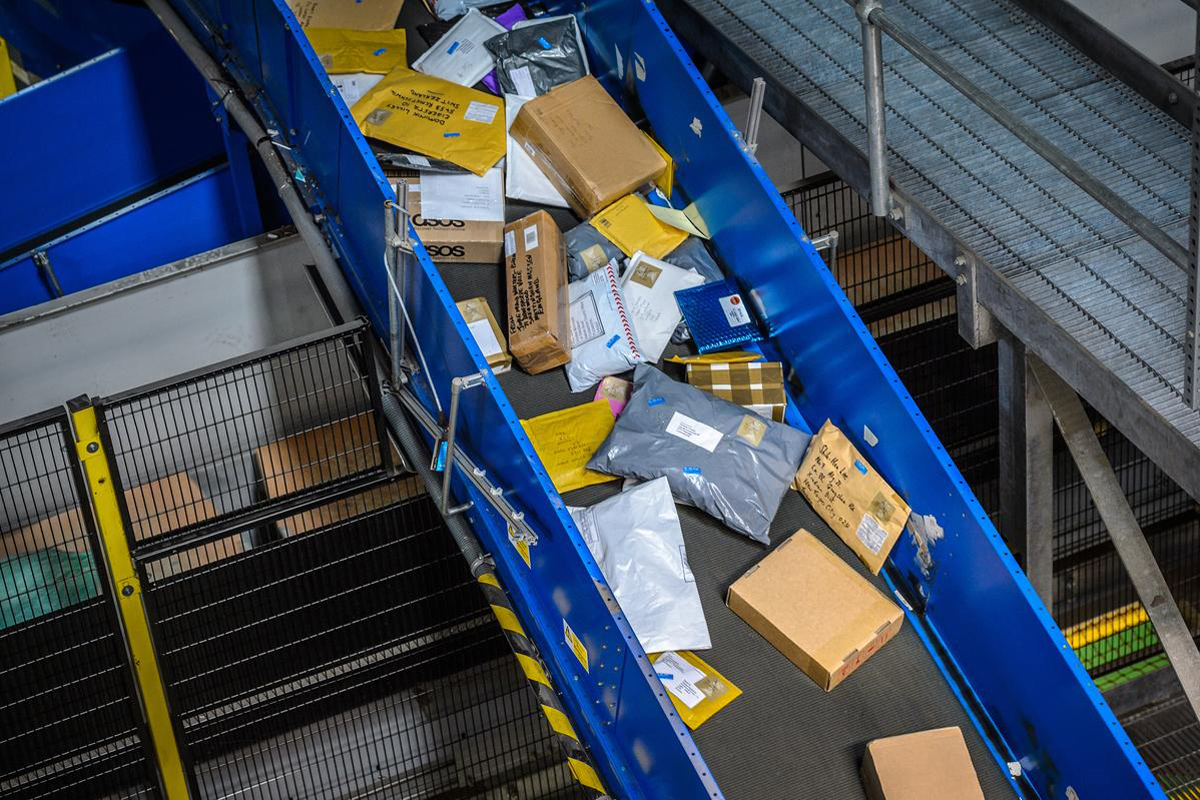 I have had several inquiries about how Covid-19 affects the delivery of your QSL cards. It is a fluid situation and after taking advice from Royal Mail i can inform you that posting from the UK is continuing as normal.
I have had several inquiries about how Covid-19 affects the delivery of your QSL cards. It is a fluid situation and after taking advice from Royal Mail i can inform you that posting from the UK is continuing as normal. ”We just hit the
”We just hit the  Matt (K0BBC) and Paul (W6PNG) are currently active (4-10 March) from St. Kitts using Callsigns V4/W6PNG & V4/K0BBC.
Matt (K0BBC) and Paul (W6PNG) are currently active (4-10 March) from St. Kitts using Callsigns V4/W6PNG & V4/K0BBC. 9J2LA are now qrv from their base near Lusaka in Zambia.
9J2LA are now qrv from their base near Lusaka in Zambia.
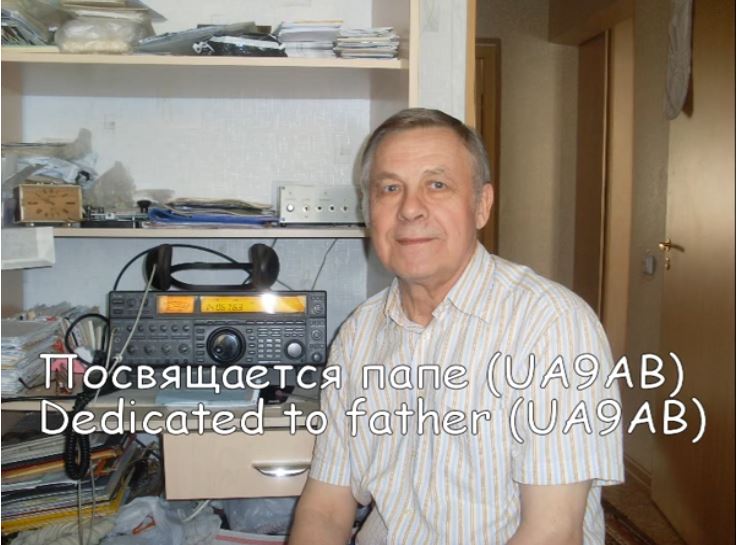 For anyone interested, here is the link to an article about the late Gene Schumat UA9AB from his Son, Andy..
For anyone interested, here is the link to an article about the late Gene Schumat UA9AB from his Son, Andy..